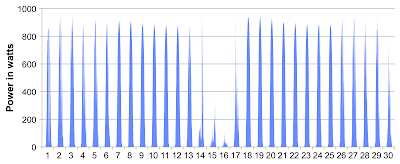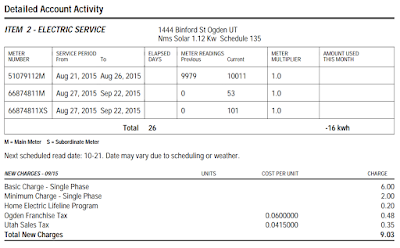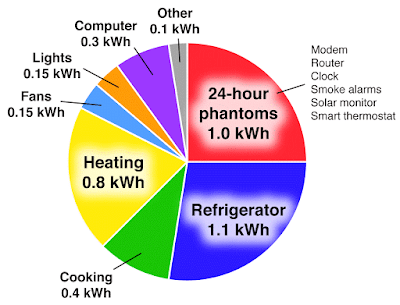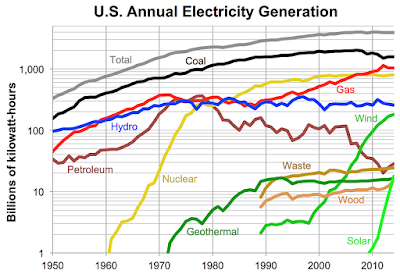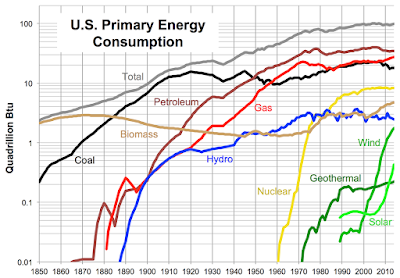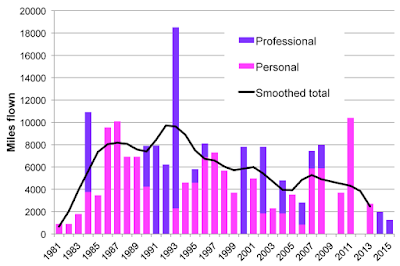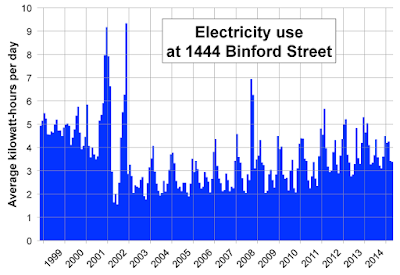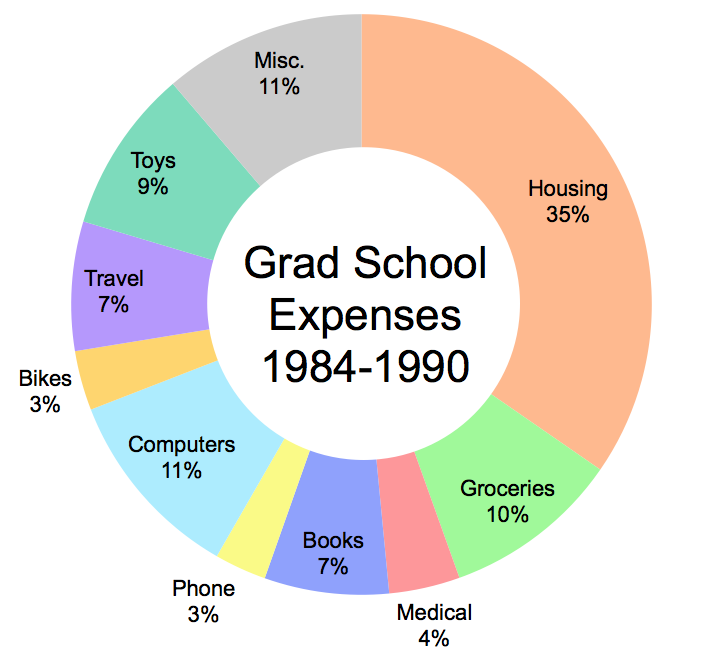Physics textbook prices have gotten crazier than ever. Just look:
| Author | Subject | Publisher | List price |
|---|---|---|---|
| Serway | Modern physics | Cengage | $368.95 |
| Thornton and Rex | Modern physics | Cengage | $355.95 |
| Tipler and Llewellyn | Modern physics | Macmillan | $182.99 |
| Ohanian | Modern physics | Pearson | $179.00 |
| Taylor et al. | Modern physics | Univ. Sci. Books | $98.50 |
| Fowles and Cassiday | Mechanics | Cengage | $404.95 |
| Marion and Thornton | Mechanics | Cengage | $401.95 |
| Hamill | Mechanics | Jones & Bartlett | $303.95 |
| Taylor | Mechanics | Univ. Sci. Books | $124.50 |
| Wangsness | Electrodynamics | Wiley | $205.95 |
| Griffiths | Electrodynamics | Pearson | $174.60 |
| Ohanian | Electrodynamics | Jones & Bartlett | $164.95 |
| Cook | Electrodynamics | Dover | $34.95 |
| Gasiorowicz | Quantum mechanics | Wiley | $224.95 |
| Griffiths | Quantum mechanics | Pearson | $193.20 |
| McIntyre | Quantum mechanics | Pearson | $135.20 |
| Townsend | Quantum mechanics | Univ. Sci. Books | $98.50 |
| Beck | Quantum mechanics | Oxford | $89.00 |
| Carter | Thermal physics | Pearson | $187.20 |
| Kittel and Kroemer | Thermal physics | Macmillan | $154.50 |
| Reif | Thermal physics | Waveland Press | $111.95 |
| Baierlein | Thermal physics | Cambridge | $105.00 |
| Schroeder | Thermal physics | Pearson | $71.60 |
| Hecht | Optics | Pearson | $209.40 |
| Pedrotti et al. | Optics | Pearson | $204.40 |
| Guenther | Optics | Oxford | $98.50 |
| Peatross and Ware | Optics | Lulu/self | $21.30 |
| Fowles | Optics | Dover | $19.95 |
| Ashcroft and Mermin | Solid state | Cengage | $398.95 |
| Kittel | Solid state | Wiley | $203.95 |
| Snoke | Solid state | Pearson | $165.20 |
| Myers | Solid state | Taylor & Francis | $87.95 |
Here I’ve tried to list a representative sample of textbooks, including the most popular ones, for seven standard physics courses at the sophomore through senior level. The list prices came from the publishers’ web sites, accessed during November and December 2015. To see a more complete list, click here.
How did the average price of such books climb to nearly $200? And what are we to make of the fact that Cengage now gouges students for $350 to $400 per book, even while other publishers sell competing books for under $100?
Nearly 18 years ago I wrote a web article about physics textbook prices, showing how they generally tracked inflation from 1960 through the early 1980s but then began rising steadily, outpacing inflation by about 50% by 1998. At that time there was much less variation in prices, and the average price for books at this level was about $80. But the cost of living in the U.S. has increased by nearly 50% since then, so in today’s dollars the 1998 average would be about $120. Before 1985 the average price, in today’s dollars, was about $75. So on average, after inflation, these types of textbooks now cost about two and a half times what they did 30 (or 50) years ago.
I won’t repeat every explanation I offered in that earlier article, or in a more recent post on this blog, but the most important factor behind high textbook prices hasn’t changed: The people buying the books (students) aren’t the same as the people choosing the books (professors). This system effectively eliminates most of the price competition you would otherwise expect.
A secondary factor, though, has been the bewildering series of mergers, acquisitions, spin-offs, and rebrandings of the major commercial textbook publishers. Addison-Wesley and Prentice Hall are now Pearson; Freeman is now Macmillan; Saunders, Harcourt Brace, Brooks Cole, and others are now Cengage. And the bigger a publishing company gets, the more separated the corporate decision makers become from the people who are affected by their decisions.
Meanwhile, the major commercial publishers are devoting more and more resources to frequent revisions of mass-market introductory textbooks and, especially, to the online homework and tutorial systems that accompany these textbooks. Their ultimate goal seems to be to take over the teaching of these courses entirely, making faculty superfluous.
But software development is expensive, so such a program is out of the question for courses that enroll under ten thousand students a year nationwide. Publishing textbooks for these smaller markets is really no different from the way it was 30 years ago, but when it happens inside a huge company whose main business is mass-market course materials, the small-market books seem to be taxed to pay for all the overhead.
Physics textbooks beyond the introductory level have become a mere afterthought for most of the big commercial publishers, and have been completely abandoned by others. McGraw-Hill, once a major publisher of advanced physics textbooks, got out of that business 10 or 15 years ago. Pearson sold the Addison-Wesley Advanced Book Program to Perseus/Westview in the late 1990s, but has remained the dominant publisher of undergraduate and beginning graduate texts; yet despite this success, it is now telling authors that it will no longer publish any new upper-division physics titles. Wiley, as far as I can tell, is the only big commercial publisher that is still whole-heartedly in the upper-division (and beyond) physics textbook business.
On the other hand, more and more undergraduate textbooks are now being published by the Cambridge, Oxford, and Princeton university presses, and by small publishers like University Science Books. These publishers demonstrate that high-quality textbooks for small-market courses can still be published at about the same (inflation-adjusted) prices as during the 1960s, 70s, and early 80s.
At still lower prices, Dover has reprinted a few classic undergraduate physics textbooks, to add to its much more extensive collection of classic graduate-level textbooks. And a small but growing number of high-quality textbooks are now being self-published through services like CreateSpace and Lulu.
Of course it must be pointed out that fewer and fewer students are paying the full list prices for their textbooks. Online retailers typically sell new textbooks at discounts of around 20%, and it’s easier than ever to buy used textbooks at deeper discounts. The lowest prices of all are on international editions that are intended for sale in Asia but, thanks to a 2013 Supreme Court decision, legally available in the U.S. Traditionally these editions have been inferior in their print and paper quality, and now Pearson, at least, is also abridging their content to deliberately lower their value.
Let me end with a few notes regarding some particular books in the list above. Modern Physics by Taylor, Zafiratos, and Dubson was published by Prentice Hall and then Pearson until 2013, when Pearson took it out of print and the authors took it to University Science Books—resulting in a significantly lower price. Similarly, Reif’s Fundamentals of Statistical and Thermal Physics was formerly published by McGraw-Hill but has now found a new lower-overhead home at Waveland Press. Snoke’s Solid State Physics apparently went out of print around the time I was writing this article, because it was available from Pearson when I compiled the list but isn’t any more. The self-published optics textbook by Peatross and Ware, available in hard copy through Lulu, can also be downloaded for free from the authors’ web site. And my own book, An Introduction to Thermal Physics, costs much less than Pearson’s other textbooks because I did all the typesetting, artwork, and layout myself, and insisted on a clause in our contract to limit the book’s price. I’m now more glad than ever that I did it that way.
Update, 2 January 2016: Here’s a plot of all the price data in my spreadsheet, grouped by publisher. This plot not only highlights what an outlier Cengage is, but also shows that there are only four other publishers with multiple books priced above $150. However, this handful of publishers produces some of the most widely used textbooks.
Update, 2 January 2016: Here’s a plot of all the price data in my spreadsheet, grouped by publisher. This plot not only highlights what an outlier Cengage is, but also shows that there are only four other publishers with multiple books priced above $150. However, this handful of publishers produces some of the most widely used textbooks.


